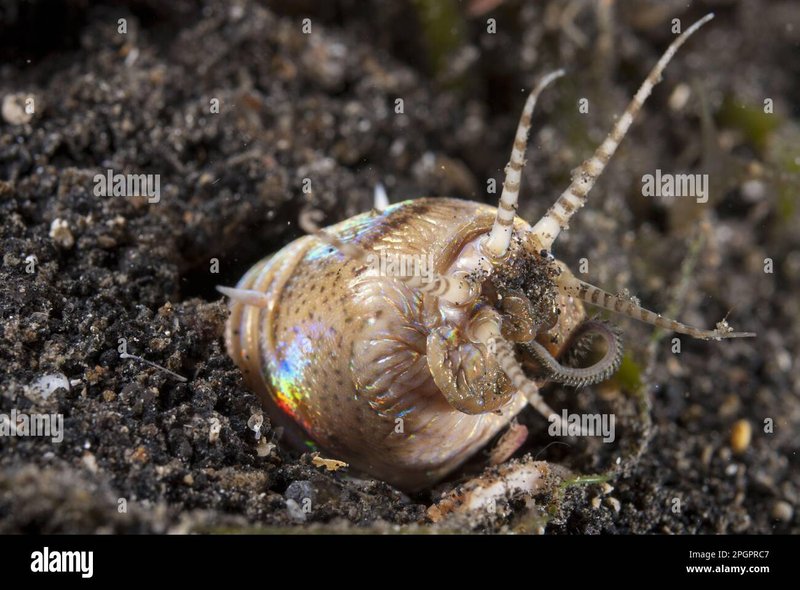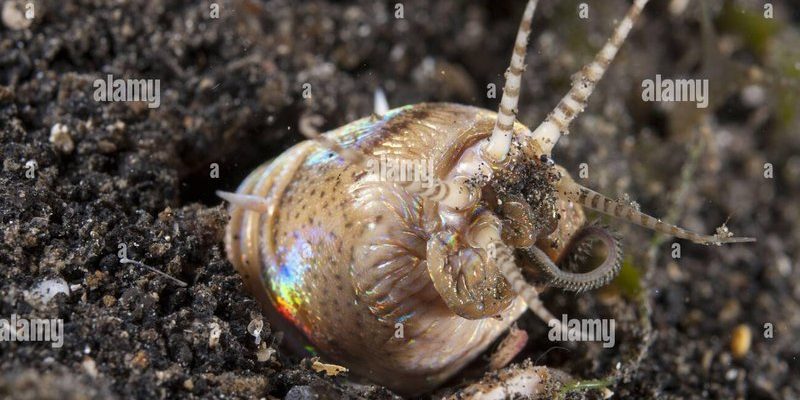
Like any other exotic animal, bobbit worms have specific dietary needs. It’s essential to understand their natural behavior to mimic it as closely as possible in captivity. This article will guide you through the ins and outs of feeding your bobbit worm, covering everything from what to feed them to how often and even the best practices to keep them healthy and thriving.
Understanding Bobbit Worms
Bobbit worms, or Eunicidae, are marine polychaete worms found in tropical and subtropical waters. They can grow quite large, sometimes reaching lengths of up to 10 feet! These worms typically live in burrows in sandy substrates, waiting for prey to wander too close. When a fish or other small creature comes within reach, the bobbit worm strikes with its sharp, powerful jaws, capturing its meal in an impressive display of speed.
In captivity, you’re likely to encounter the smaller species, which still require proper care. Their natural diet mainly consists of small fish, crustaceans, and other invertebrates. By mimicking what they eat in the wild, you can ensure your bobbit worm stays healthy and happy.
Choosing the Right Food
Feeding your bobbit worm requires some thought. These creatures thrive on a diet that consists mainly of meaty foods. Here are some great options to consider:
- Marine Fish: Small pieces of fish, like shrimp or even silversides, can be a nutritious treat.
- Live Food: Offering live brine shrimp or ghost shrimp can stimulate their hunting instincts.
- Frozen Food: High-quality frozen food varieties are also excellent. Just ensure they’re appropriately sized for your worm.
When choosing food, ensure it’s fresh and marine-based. Avoid anything overly processed, as this can impact their health. Honestly, think of it like feeding a toddler—with the right nutrients, they’ll grow strong!
Feeding Frequency: How Often to Feed
One of the most common questions about feeding bobbit worms is, *how often should I feed them?* In general, feeding them once a week works well. However, this can vary depending on several factors, including the size of your worm and the temperature of the water.
When you first introduce your bobbit worm to its new environment, it’s essential to give it a settling-in period. After that, you can start feeding it regularly. You might notice it’s hungrier during warmer months, so adjusting feeding frequency accordingly can help. Just remember, overfeeding can lead to water quality issues, so moderation is key.
Setting Up a Feeding Station
Creating a designated feeding area in your aquarium can make feeding easier for both you and your bobbit worm. Here’s how to set it up:
1. Select the Right Spot: Choose a corner of the tank that has a sandy substrate, as bobbit worms love to burrow.
2. Use a Feeding Tube: A feeding tube can help deliver food directly to your worm without disturbing the substrate. You can use a small plastic or glass tube for this.
3. Watch the Water Quality: After feeding, keep an eye on the water parameters. Uneaten food can deteriorate water quality quickly, so be sure to remove any leftovers.
When you create a feeding station, it encourages your bobbit worm to come out and look for food, which can be quite fun to watch!
Safe Feeding Practices
Safety is crucial when feeding your bobbit worm. Here are some protocols to follow:
– Always thaw frozen food thoroughly before feeding it to your worm. Cold food can shock its system.
– Avoid feeding them items that are too large. If the food can’t fit easily in their mouth, it’s best to cut it down to size.
– If you’re introducing live food, ensure it’s free from parasites or diseases. The last thing you want is to introduce harmful organisms to your tank!
By sticking to these safe feeding practices, you minimize stress for your bobbit worm and help keep your tank environment stable.
Signs Your Bobbit Worm is Happy and Healthy
You might be curious about how to tell if your bobbit worm is thriving. Here are a few signs to look for:
– Active Behavior: A healthy bobbit worm will show signs of movement, often extending its body to explore its environment.
– Solid Coloration: If your worm displays vibrant colors, it’s usually a good sign of health.
– Eating Regularly: If your worm eagerly consumes food at feeding time, that’s a great indicator of a well-adjusted pet.
On the flip side, if you notice lethargy or refusal to eat, it could indicate stress or illness. In such cases, check tank conditions and reach out to an expert if needed.
Handling Problems: What to Watch Out For
Even with the best intentions, problems can arise when caring for a bobbit worm. Here are some common issues and their solutions:
– Water Quality Issues: High ammonia or nitrite levels can stress your worm. Regular water changes can help prevent this.
– Overfeeding or Underfeeding: If your bobbit worm isn’t taking food, it could be due to the quantity. Adjust how much you’re offering based on its needs.
– Non-Acclimation: If you’ve recently introduced a bobbit worm to a new tank, it may not be acclimating well. Give it time and ensure the water parameters are suitable.
Staying vigilant about these possible scenarios can help you maintain a healthy environment for your pet.
In conclusion, feeding a bobbit worm in captivity isn’t as daunting as it may seem! By understanding their needs, choosing the right foods, and following safe feeding practices, you can create a thriving habitat for these fascinating creatures. Remember, patience and observation are crucial. Just like any unique pet, the more you learn about them, the better you can ensure they lead a happy, healthy life in your care.

